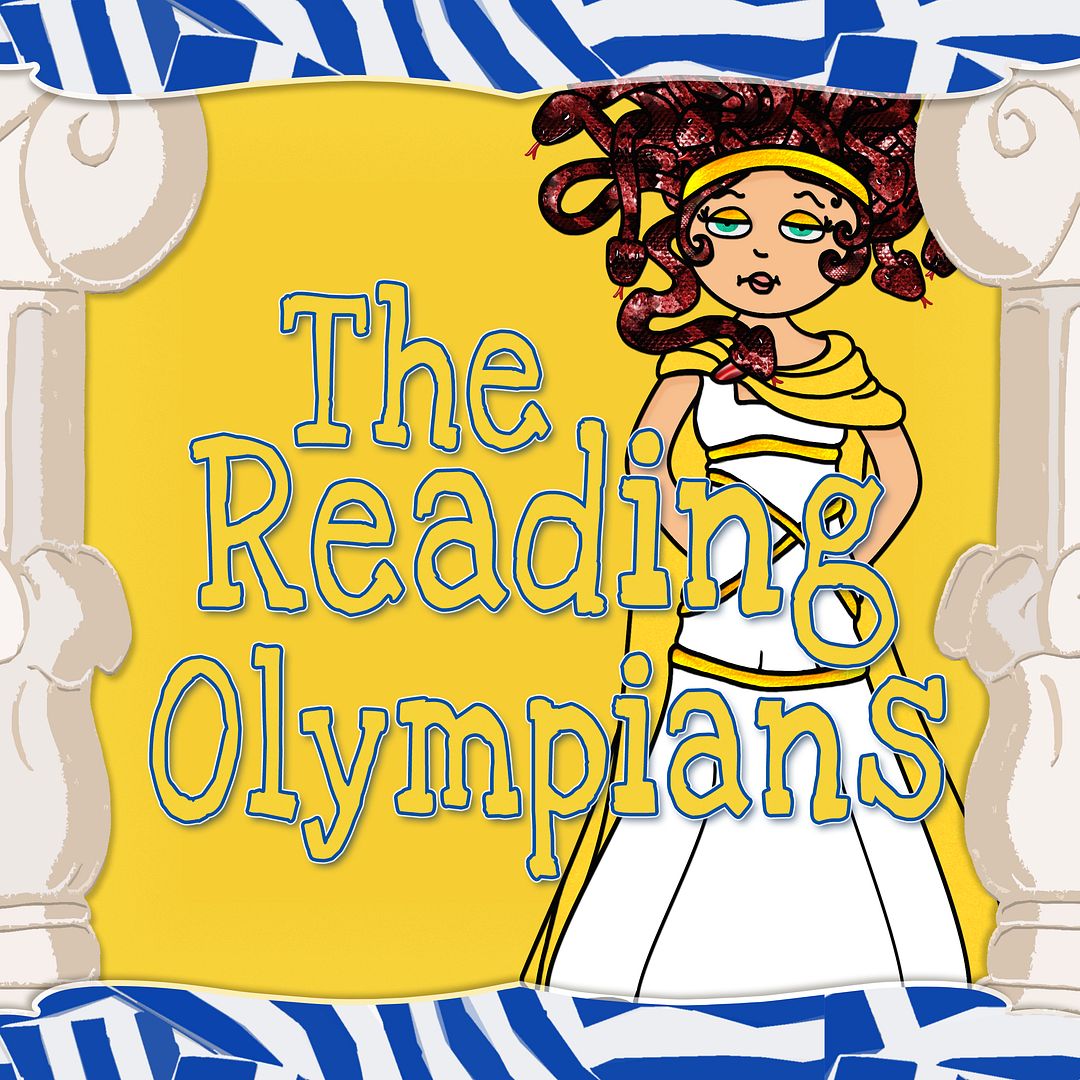Math testing... dun dun dun! It sounds scary, but with the right resources and preparation, it's really not!
Back when I taught in Oregon, the state test allowed kids access to various resources to use during the test. Our computer lab assistant would make copies of clocks, hundreds grids, and multiplication tables. There would be little pieces of paper everywhere and the kids didn't know how to organize them all in their workplace, let alone actually use them during the test.
As I was teaching 3rd grade for the first time last year and navigating being a test proctor for the first time, I had the great idea of turning these resources into little booklets! We could practice using the booklets in the classroom during our regular math lessons and unit exams, then I could make different colored ones to pass out during our state testing. Since the kids would be familiar with using the booklets in the classroom, they would actually use them during the test!
Here are the books in a testing bag with a ruler, a protractor, and a calculator - all allowable testing materials in the State of Oregon.
Here are my books in a different color, ready to be used in the classroom. I did the classroom books in pink and the testing books in green, so I would remember to shred the green books after the test was over.
This year I am in a new state and a new grade. 2nd graders do not take state tests in Hawaii, but we do take a monthly math and reading test since my school is in re-structuring from not meeting AYP (Adequate Yearly Progress). I wanted to introduce the booklets this spring to help kids use a variety of strategies for solving problems, not just their fingers. Unfortunately, they are only allowed scratch paper during testing (our monthly testing sessions are supposed to mirror the testing environment of the Hawaii State Assessment, which only allows paper, pencils, and calculators). My thought is, if we use the booklets in the classroom that have all of the resources filled out, then graduate to the booklets with blank resources that the students fill out themselves, then they should be able to replicate those resources on their blank paper during the test.
I started to prep my booklets today.
Here are the pages ready to print. In order for them to be double sided on the copy machine, I have to lay them alternating like this.
And here I am stapling them with the long armed stapler in my copy room earlier today. Unfortunately, I am low on color paper, so my class gets white ones. They will be excited to color the covers, though.
I updated this file with the filled out and blank resources, along with several pages of mix-and-match, to hopefully help you in your classroom! If there are additional resources that you need for your state, let me know and I can get them added to the file.
Click the picture or
go here to see this product in my TpT store!
I am linking up with Mrs Wheeler's linky party for all you April testers!











